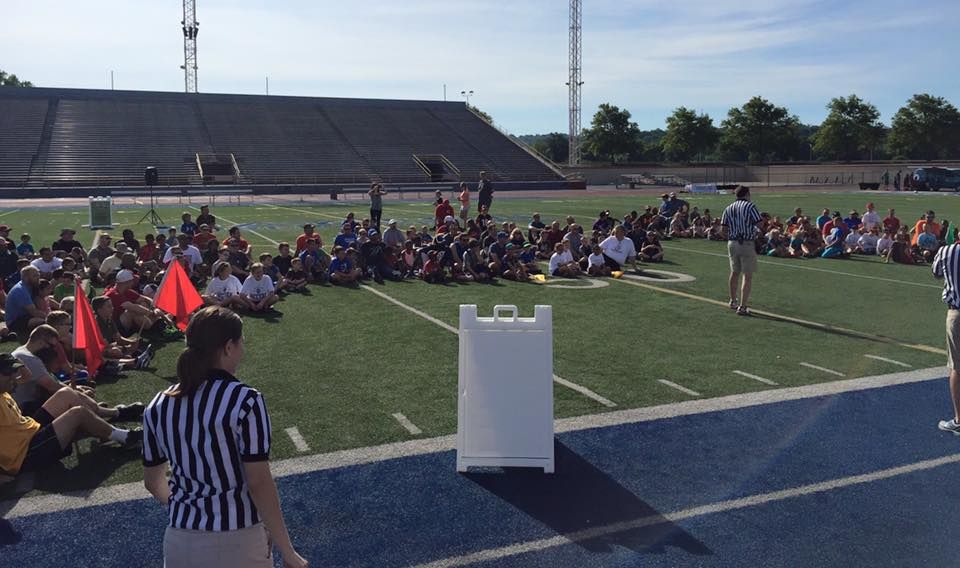Sports Medicine
Want to learn more about this at Kettering Health?
Fall sports have arrived as the school year continues. Playing sports help students stay active, make friends and have fun. To get the most from the upcoming season, student-athletes need to know how to avoid and come back from injury.
Warming up the body and mind
Warming up reduces the likelihood of sports-related injuries.
“Warming up and stretching is probably the most important and most forgotten prevention tool,” says Dr. Elizabeth Dulaney-Cripe, an orthopedic surgeon with Kettering Health. “Stretching also helps improve flexibility and those who are more flexible tend to not suffer from injuries as often.”
Students should warm up their muscles with light-intensity movement. Examples include a brisk walk, a brief jog, or jumping jacks. The main objective of warming up is to raise the body’s temperature before jumping into high-intensity movement.
“When you increase your body temperature, you’ll get more oxygen to the muscles that need it,” says Orthopedic Surgeon Dr. Blake Daney. “If the muscles are warm before jumping into an activity, we see lower rates of injury.”
Once warmed up, athletes should stretch their muscles. Loose and warmed-up muscles are far less likely to become injured than tight and unprepared muscles.
Dr. Daney says there is an added benefit for players who take the time to warm up and stretch before practice or a game: focus.
“The warm-up is a time to slow down and focus on what you’re about to do,” he says.
Not only do focused players perform better, but they are also less likely to injure themselves.
Treating injuries that do happen
While warming up and stretching can help prevent injuries, they can still occur no matter how careful a player is. Players need to rest properly after an injury to get back onto the court or field as quickly as possible.
The first step is to stop activities and let the affected muscle group rest.
“You don’t have to stop all activity, says Dr. Dulaney-Cripe, “but anything that’s making that muscle group or area more painful should be avoided.”
Ice and anti-inflammatory medicine, like ibuprofen, can reduce swelling and soreness. Light stretching is also a great way to reduce tight pain. However, if pain or swelling persists, athletes should see a doctor.
Untreated or ignored overuse injuries can keep players from their sport for several months. But if student-athletes properly rest and allow their bodies to recover, then they could be back to doing what they love within a couple of weeks.










